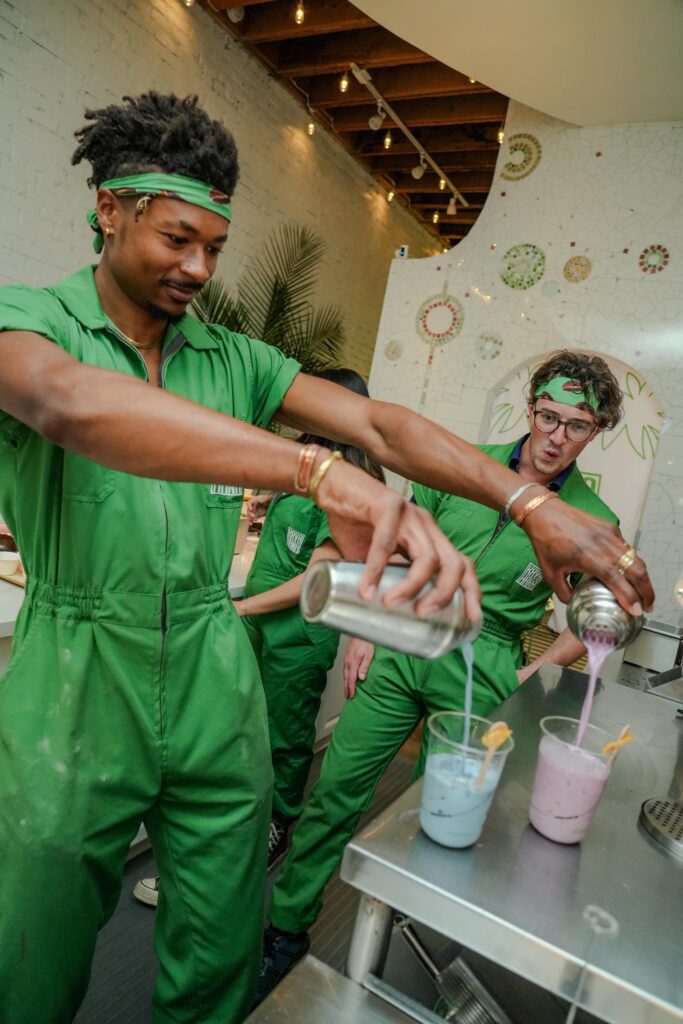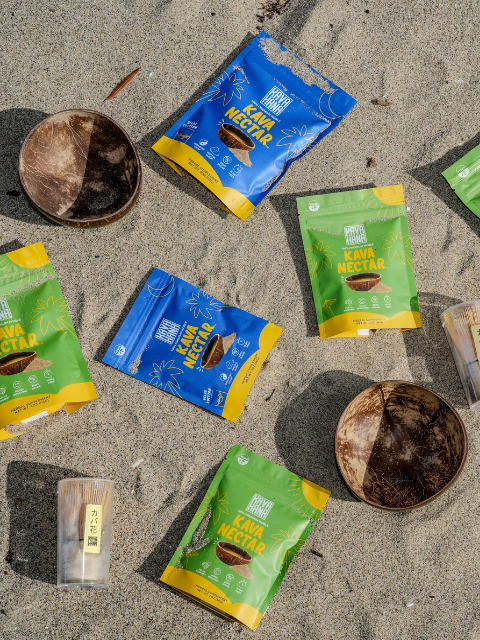Luckily for us, kava is growing in popularity in North America. This earthy tea has been drunk for centuries in the South Pacific for its calming, social qualities. For those looking for something similar to alcohol but without the negative side effects like a hangover and emotional dips it comes with, kava is a promising alternative. But when buying kava, there are some things to remember.
But as kava’s popularity grows, so does the number of products on the market. There are extracts, capsules, and teas. It can be overwhelming for anyone to try and figure out, let alone someone newer to using it. If you are interested in trying kava or at least want to start doing some research on it, here are three important things to remember to have the best first experience with kava.
1.) Look into where it comes from
Kava comes from the Pacific Islands, and therefore, we should only drink kava that comes from those islands. These include:
- Hawaii
- Vanuatu
- Fiji
- Tonga
- Samoa
- Micronesia
- French Polynesia
- Papua New Guinea
This not only supports the farmers and kava tradition, which is very important in kava culture, but it also ensures you are getting the highest quality kava for the best experience.
When buying kava, you want to be sure that the kava comes from the Pacific islands and isn’t being grown elsewhere. Even if the plant originated in the islands but was grown somewhere else, that’s not ideal. The best kava is grown, dried, and ground in the islands. We recommend taking kava in beverage form rather than in extracts or supplements.
2.) The type of kava
As you may or may not know, not all kava is the same. Kava is made up of kavalactones, which are the active ingredients that give kava its effects. There are over 100 different kavalactones, but only six are known to be found in the kavas that we can drink.
Here is where it gets a little complicated. Each kavalactone has Individual characteristics. What makes kava have different effects is the amount of each kavalactone found in the different types of kava. A key difference in the number of kavalactones is where the kava is grown. Understanding these and how they affect you is important when buying kava.
The effects of kavalactones generally split kava into two main categories: heady and heavy kavas. Heady kavas have more of a mental effect. They give the feeling of mental clarity and calm and boost socialization. The best time to drink heady kavas is during the day when going about your daily routine or getting ready to socialize with friends and family. Heavy kavas have more of an effect on your body. It makes you feel tired and your limbs may feel heavy and weighed down. This type of kava is great in the evening when you are winding down before bed. Knowing the kind of experience you want is important so you choose the right type of kava at the right time.
3.) The purity of kava
This is a big one when buying kava. A lot of us don’t think about purity when it comes to buying supplements. We trust (and want to trust) that what’s on the label is true. And for many, it is, but unfortunately for Kava, that’s not always the case. Especially if you’re buying extracts and capsules, these often contain additional ingredients and fillers that aren’t disclosed on the label or packaging. This includes what you might find at your local natural food store, Wholefoods or drug store. We know these are often the easiest forms of kava to find, but if you do decide to try it, just be sure you do some research and remember you may not get the same effects we talk so much about here because of the additional ingredients.
We recommend looking for kava that is either in its traditional powder form or in instant form from farmers in the Pacific islands. The varieties of kava that are used for drinking are called Noble kava. You should look for this, though most of what’s available is naturally Noble kava. Wild kava is much stronger and not recommended for drinking.
It’s not as hard to find these as you may think. There are plenty of online retailers that support getting kava from local island farmers to the masses. Drinking more traditional forms of kava ensures it’s the purest form since that is what adding things actually takes away from the experience.
4.) The form of kava
There are different forms of kava. The three main ones are traditional, instant, and extracts.
Traditional involves the 3000-year-old tradition of using dried kava root powder to create a tea-like drink. This is the most involved process of all as it requires steeping and massaging a bag of kava powder to release the kavalactones into the warm water. It can take up to 10 minutes to prepare before it’s ready for drinking.
A quicker version is instant kava. This comes from dried kava root juice. All you need to do is add to room temperature to warm water, and it’s ready to go! It’s much like making instant coffee or hot chocolate. Kava Nectar is a great instant kava option.
Extracts are less common and are made of kava, which is soaked in liquid and then brewed down to concentrate, which is often added to alcohol. You usually use an eyedropper to put it right into your mouth or into water to drink. We don’t love extracts because alcohol may interfere with how the effects hit the body and are known to contain unwanted additives. So just be aware.
When buying kava, think about what form is best for you and your lifestyle.
The takeaway
Kava isn’t a fad. It’s a drink that has been valued and respected for generations, and buying kava that is best for your experience is an important factor. It’s not a drink to abuse or take advantage of its effect. Its cultural importance is a key factor in drinking kava and, as such, should be taken with a sense of mindfulness and curiosity. It may take a few tries to find the right dosage for you and the type of kava that is best for what you want to experience. So start slowly, enjoy what arises, and you’ll have a great experience.


